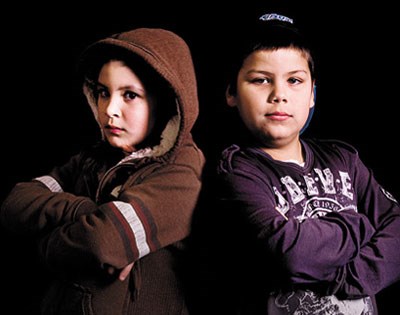The idea that street gangs are comprised of ethnic groups or impoverished kids is a stereotype brought about by television and movies, according to Education Coordinator Anna Maria Barsanti.
The former teacher and high school principal works with the Greater Sudbury Police in its Provincial Anti-Violence Intervention Strategy (PAVIS). As part of this strategy, she and Inspector Bob Keetch are working to educate the public and community organizations about street gangs.
They are trying to prevent street gangs from the Greater Toronto Area (GTA) and Thunder Bay from setting up shop in Greater Sudbury.
Part of the effort requires Barsanti and Keetch to dispell myths about street gangs. The first being that street gangs are made of ethnic groups.
“You see it on TV, but it’s not really that way,” Keetch explained.
Street gangs target “disenfranchised” youths — kids who have poor support at home, at school, don’t get along well with other kids, are bullied, and are wanting to belong to something.
Another myth is that street gangs consist of poor kids.
“If you look at some of our higher-end schools, there’s lots of activity around drugs, and that’s because those particular kids can afford it,” Barsanti said.
“When I went to southern Ontario, gangs weren’t coming from poor homes, the gangs were coming from homes that kids from $500,000 - $1 million homes.”
Ultimately, it comes down to kids having the support in their personal lives, social lives, and educational lives to be able to resist the temptation provided by street gangs.
Street gangs give disenfranchised kids a place to belong, but what the kids aren’t told is that it isn’t easy to leave, explained Barsanti.
As part of the PAVIS anti-street gang initiative, Barsanti and Keetch were to host an all-day workshop at the Caruso Club Thursday. Guest speakers included Ron “Cook” Barrett, a police officer from Albany, New York, and Clayton Thomas-Muller, a First Nations gang specialist.
Join Sudbury.com+
- Messages
- Post a Listing
- Your Listings
- Your Profile
- Your Subscriptions
- Your Likes
- Your Business
- Support Local News
- Payment History
Sudbury.com+ members
Already a +member?
Not a +member?
Sign up for a Sudbury.com+ account for instant access to upcoming contests, local offers, auctions and so much more.
